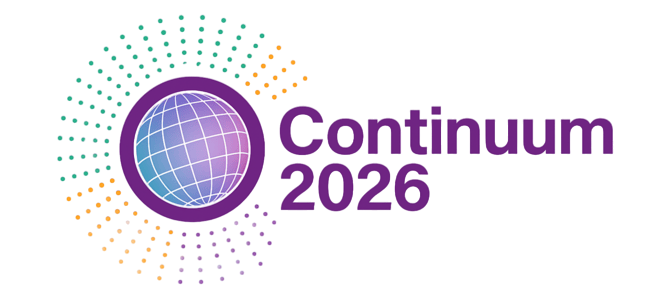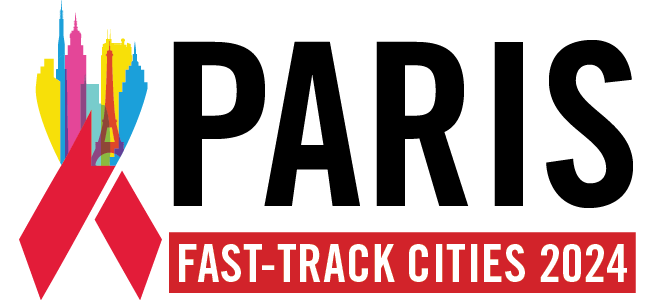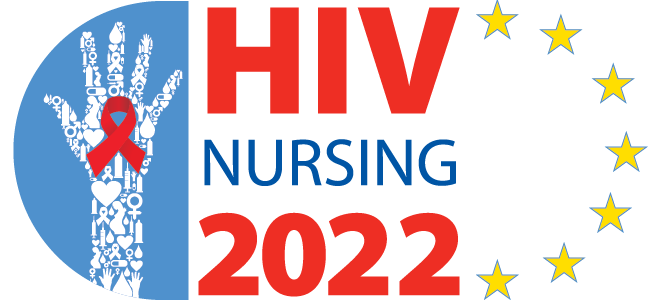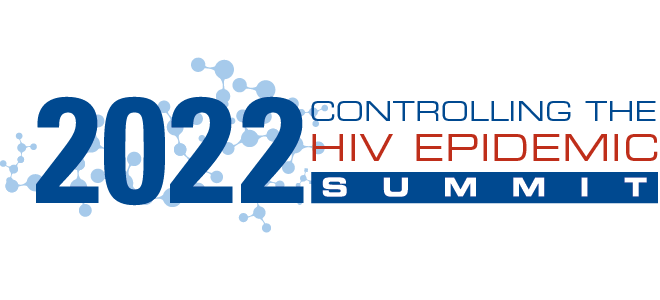Tracking Progress Toward US HIV Incidence Targets
Blog post by Dr. José M. Zuniga (September 15, 2025)
At the US Fast-Track Cities 2025 Summit held September 15-17, 2025, in New Orleans, Sindhu Ravishankar, Vice President of Global Health Strategy at IAPAC and the Fast-Track Cities Institute, delivered a compelling presentation on where the United States stands in achieving HIV incidence reduction targets in cities and counties. The session, titled Tracking Progress: Are We on Track to Achieve the US HIV Incidence Targets?, offered both encouraging signs of progress and sobering reminders of the work still ahead.
The US Ending the HIV Epidemic (EHE) initiative set ambitious goals: reducing new HIV infections by 75% by 2025 and by 90% by 2030. Using data from the CDC’s NCHHSTP AtlasPlus, Ravishankar showed that while Fast-Track Cities and Ending the HIV Epidemic (EHE) jurisdictions in the United States are making gains, the nation is not yet on track to meet these targets.
Across the 39 EHE jurisdictions analyzed between 2017 and 2022, HIV incidence trends showed a mixed picture:
-
6 jurisdictions achieved reductions of 40-50% in new infections
-
16 jurisdictions recorded reductions of 20-40%
-
18 jurisdictions saw minimal progress (0-20%)
-
Alarmingly, 10 jurisdictions reported increases in new HIV cases
These findings underscore uneven progress across the country and highlight the need for sustained, data-driven interventions.
Ravishankar introduced IAPAC’s urbanized incidence-prevalence ratio (IPR) as an innovative tool to benchmark HIV epidemic control. Unlike incidence alone, the IPR compares new infections to the number of people living with HIV, providing a more comprehensive view of epidemic dynamics.
In the United States, the IPR control threshold is calculated at 0.028, based on life expectancy after HIV diagnosis and average time to diagnosis. Encouragingly, analysis showed that by 2022, 64% of EHE jurisdictions (25 out of 39) had achieved epidemic control by this metric, up from 33% in 2017. The average IPR fell from 0.032 in 2017 to 0.025 in 2022; evidence of meaningful, though incomplete, progress.

Despite these gains, service disruptions over the past 6 months pose significant risks to the nation’s progress. Drawing on results from an Emergency HIV Clinical Services Survey of clinical providers fielded in July 2025, Ravishankar highlighted alarming trends:
-
Populations most affected by recent disruptions include homeless and unstably housed individuals, transgender people, and undocumented migrants.
-
Loss to follow-up has worsened across these groups, threatening continuity of care and undermining HIV treatment and prevention outcomes.
-
Many clinical providers anticipate further disruptions over the next 6-18 months
These findings are a stark reminder that progress toward incidence reduction targets cannot be separated from broader structural and social challenges.
The path forward requires vigilance, innovation, and collaboration. IAPAC and the Fast-Track Cities Institute are working with Fast-Track Cities and EHE jurisdictions to analyze monthly incidence trends through July 2026, quantifying the impact of service disruptions on HIV outcomes. Surveys will continue every six months to ensure that disruptions are tracked in real time, enabling rapid responses to emerging threats.
Ravishankar closed her presentation with a clear message: “While progress is evident, it is not enough.” Achieving the US HIV incidence targets will require scaling proven strategies, protecting vulnerable populations from service interruptions, and leveraging innovative tools like the IPR to guide and benchmark progress.
Dr. José M. Zuniga is President/CEO of IAPAC and the Fast-Track Cities Institute.





